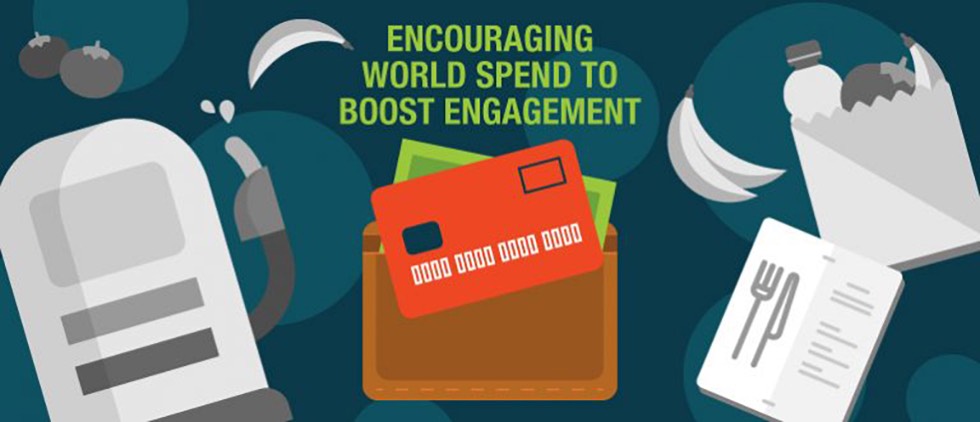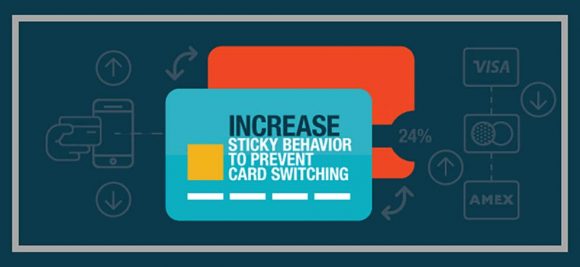Boosting Co-Brand Credit Card Engagement by Encouraging World Spend

Successful co-brands know a thing or two about building brand loyalty. They understand both the value of their co-brand card’s rewards program and the connection between card usage and brand engagement. However, there are still several challenges to overcome in order to increase spending beyond the brand:
- confusion about card acceptance,
- other payment options available to cardholders and
- awareness of reward program and earning structure.
Media Logic worked recently with a large retail co-brand to develop a usage campaign that would overcome these obstacles and boost world spend. In addition, a several components were created, using a variety of strategies.
Strategy 1 – Value of offer
Determining what type of offer to use in a promotion is key. And what works best can vary, depending on the audience, the co-brand, the marketing environment and more. That’s why it’s important to test different offers continuously. While working with our co-brand client, we used two different earn offers to help determine which one most effectively – and efficiently – would drive usage.
Strategy 2 – Length of offer
Another variable that can drive engagement is the length of the offer. As part of our campaign, we tested two offer approaches – one that offered rewards that were pushed out on a bi-monthly basis over six months and another that offered rewards for a period of six months but were communicated at the same time.
Strategy 3 – Spend category
Sometimes, focusing on a specific merchant category is the most effective way to boost awareness and world spend. Another approach is to not make the offer dependent on a specific category, but to provide a few category examples so cardholders can self-determine where they use their cards. Since receptivity to offers can play a big part on which approach works best, it’s important to test different approaches.
Strategy 4 – DM vs. EM
In addition to the offer strategies, another factor to look at is the medium in which the offer is communicated. For this particular client, we promoted their offer through direct mail and also through email. In this case, the effectiveness of the campaign was not only measured in the dollar amount of world spend usage, but also in the ROI of the media chosen.
Successful co-branders understand the importance of constant testing in order to find effective ways to drive world spend. They also know that encouraging cardholders to use their cards beyond the brand not only increases card usage, but also boosts card loyalty.
By linking world spend to incremental co-brand rewards, cardholders will be more likely to keep their co-brand cards top of wallet.









